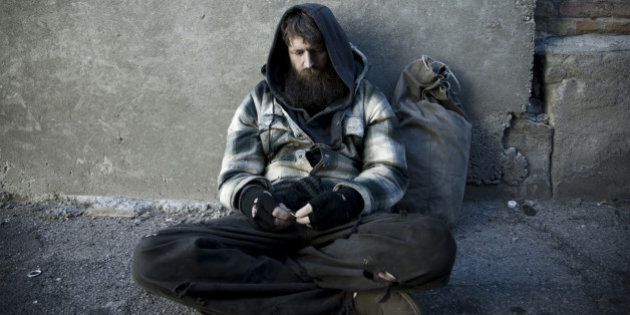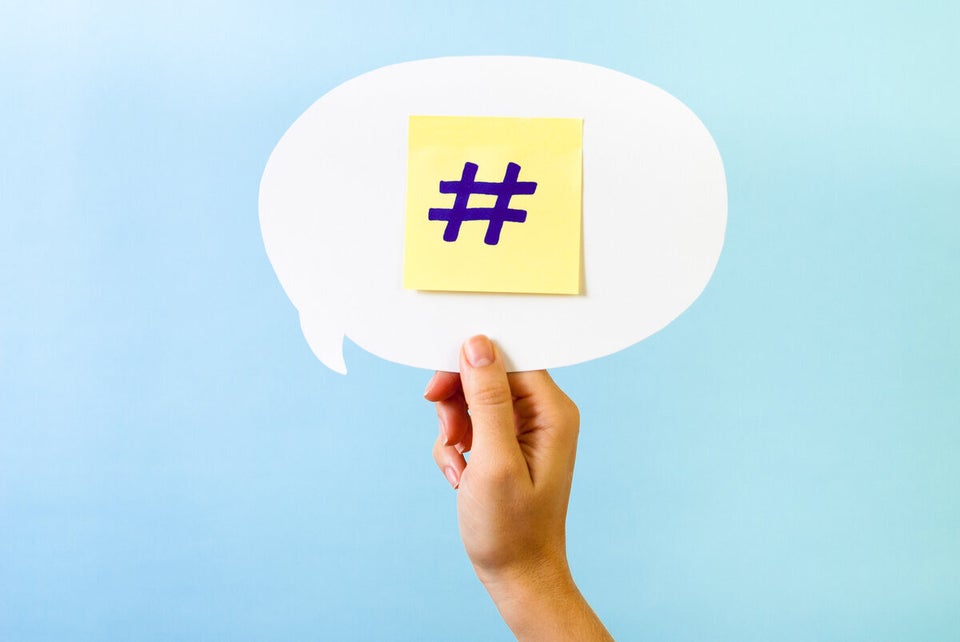
Imagine your life without a smartphone or computer. Yes, you'd miss the more trivial things -- not being able to take a spontaneous selfie or post to Facebook. But those would give way to bigger inconveniences: How do I apply for this job? Print a government form? Find basic information without Google?
Now imagine you barely know how to use these devices in the first place. You can't figure out how to pick up a ringing cellphone. It takes you five minutes to type a sentence. You have no idea how to open a browser.
You feel isolated and ashamed.
For too many Canadians, the above scenarios are a reality. The Canadian Internet Registration Authority (CIRA) found that in the lowest income quartile, 27 per cent of people don't have internet access, compared to only five per cent in Canada's richest bracket. Those stats don't even include those who may own devices but have no idea how to use them effectively.
During a time in which cars can drive themselves and Uber will deliver you lunch, this divide is a huge problem -- a problem Canada's government has been slow to address.
U.S. President Barack Obama recently put the digital divide in the spotlight when he announced a pilot program to provide free internet access and digital literacy training to 275,000 families in public housing. Admittedly, since income inequality is more drastic in America, less than half of its poorest citizens are connected to the web. But unlike in Canada, the administration is taking action.
We've been late to adopt policies that would help poor people get online. In 2011, while Obama and the Federal Communications Commission (FCC) were announcing strategies to improve access and digital literacy rates, the CRTC ruled that broadband access was not considered a "basic telecommunication service" worthy of regulated or subsidized rates (it is currently reviewing this policy). In 2012, while the U.S. was creating literacy programs, Ottawa cut funding to the Community Access Program (C@P) that helped teach public computer users the digital basics.
After years of stalling, the government finally released a digital strategy last April. While it does pledge to extend high-speed access to rural areas where the digital divide is most severe, it's done nothing to lower prices and little to improve online literacy. According to the CRTC, Canada's average Internet plan costs $51. In Ontario, the average single person on social assistance would only receive up to $280 per month to cover all basic needs, minus housing.
While reporting a story for The Huffington Post Canada in 2013, I found that too many parents must choose between groceries and Wi-Fi. A mother whose family of six shared one laptop told me she could no longer afford meat or juice for her kids because of her internet bill. But what choice did she have? Without web access and or a computer, her children would fall behind in school, perpetuating the cycle of poverty.
Adults without internet connections and digital skills stay unemployed. I spoke with a 25-year-old single mother who at the time was struggling to find a job because online research overwhelmed her. Groups that already struggle to assimilate, such as immigrants and disabled people, become even more isolated when they don't have the skills or money to join the digital world.
So far, Rogers is the only telecom company in Canada to offer reduced internet rates of $9.99 to certain families living in Toronto Community Housing. The service currently serves over 7,000 households, but when I asked spokesman Aaron Lazarus whether the program would expand within Toronto and to other cities, he had no comment.
While Canada has been a technology leader, it's failed to bring all of its citizens online. As technology permeates every aspect of our lives, it's our government's job to correct inequality within the digital economy. If the right policies are not implemented now, children without web access at home will have no chance in school or the job market. In an age in which artificial intelligence can mimic human emotion, it's a national shame that internet access still isn't affordable for all Canadians.
*This column previously appeared in the Ottawa Citizen
ALSO ON HUFFPOST:
